Table of Contents
Introduction
No, salt is not a spice. It's a mineral compound (sodium chloride), while spices are plant-derived flavorings. This article explains why this distinction matters, how salt enhances flavor, and practical tips for using salt and spices together in your cooking.
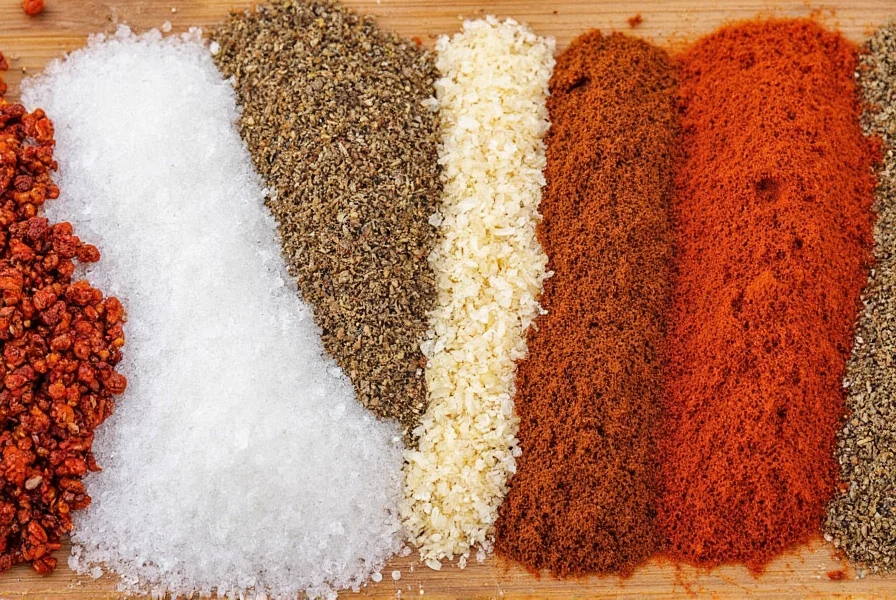
What is a Spice?
Spices are the aromatic, flavorful components of plants used to enhance the taste of food. They come from various parts of plants—like seeds, bark, roots, or flowers—and are typically used in small quantities. Common examples include black pepper, cinnamon, cumin, and paprika.
Spices are often associated with their intense aroma and ability to transform a dish from ordinary to extraordinary. But what about salt? Is it just a simple mineral, or does it have a place among these culinary powerhouses?
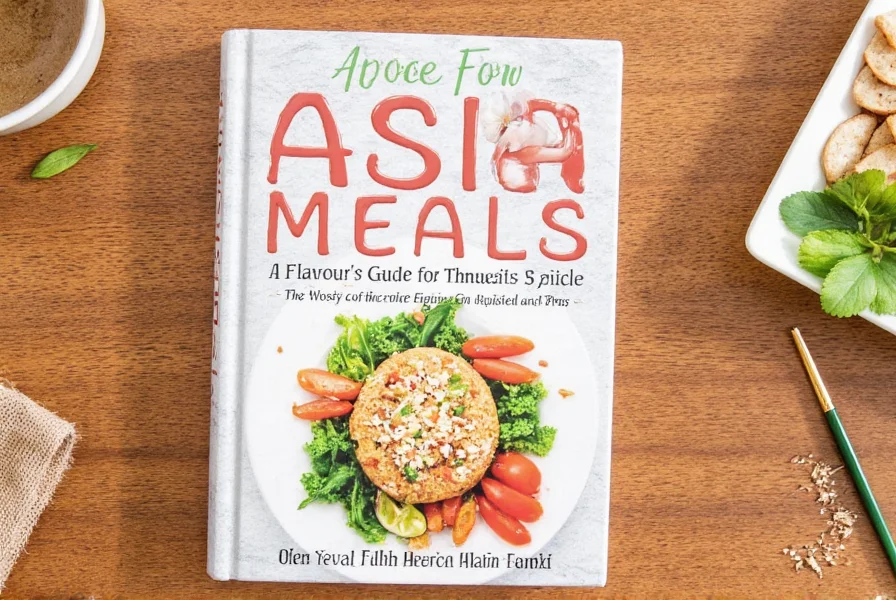
Salt and Flavor: The Unsung Hero
Salt is unique because it's not just an ingredient—it's a flavor enhancer. It doesn't add a distinct taste like other spices, but it amplifies all the other flavors in a dish. Think of it as the silent partner in your cooking: it’s always there, but rarely gets the spotlight.
Historically, salt was one of the most valuable commodities. Ancient civilizations used it for preserving food, trading, and even as currency. Today, it's a staple in every kitchen, yet many people take it for granted.
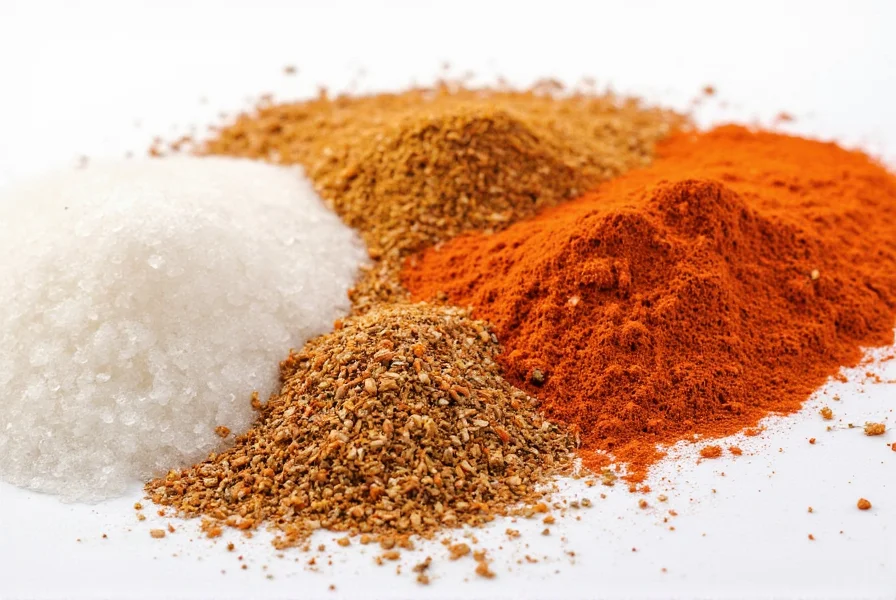
Is Salt a Spice? The Answer Revealed
Scientifically, salt is not classified as a spice. Spices are derived from botanical sources such as seeds, bark, or roots, while salt is a mineral—specifically sodium chloride—mined from the earth or evaporated from seawater. This fundamental difference explains why salt functions as a flavor enhancer rather than a source of distinct aromatic profiles like spices.
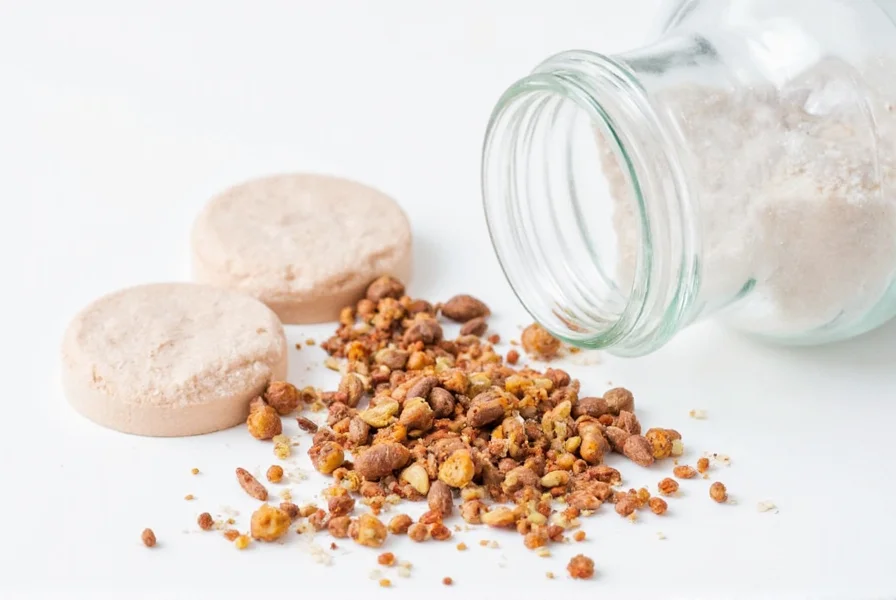
Practical Tips for Using Salt and Spices
Whether you're a seasoned chef or a home cook, here are some practical tips to help you make the most of salt and spices:
- Use salt to balance flavors: If a dish is too acidic or bitter, a little salt can bring everything into harmony.
- Season at the right time: Add salt early in the cooking process for better integration, but wait to season at the end if you want a more pronounced flavor.
- Experiment with different salts: From sea salt to Himalayan pink salt, each type has its own flavor profile and texture.
- Combine spices wisely: Pair complementary spices to create complex and layered flavors. For example, cumin and coriander go well together in Indian cuisine.
- Don't overdo it: Spices and salt can quickly overpower a dish. Start with small amounts and adjust as needed.
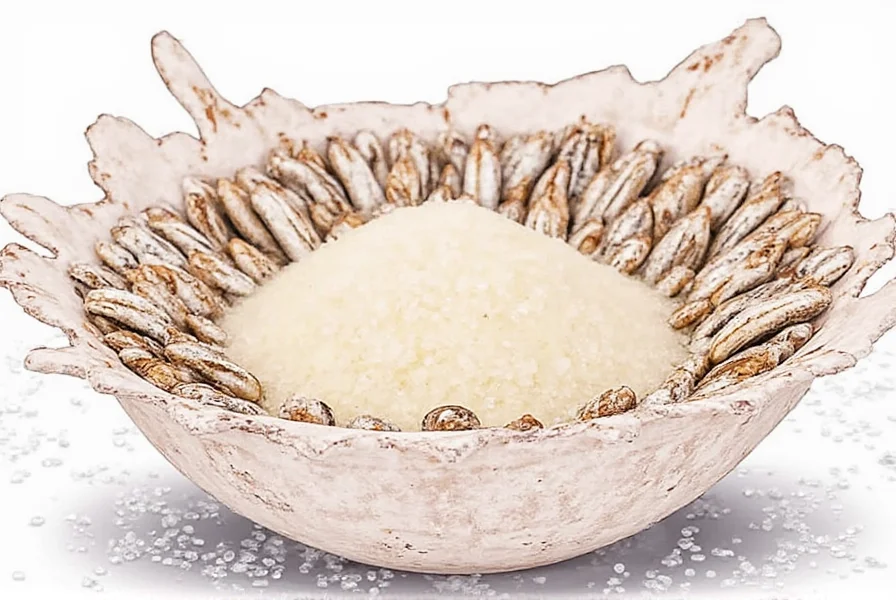
Buying Guide: Choosing the Right Salt and Spices
Types of Salt
| Product | Features | Best For |
|---|---|---|
| Sea Salt | Mineral-rich, less processed | Finishing dishes, seasoning meats |
| Himalayan Pink Salt | Contains trace minerals, unique color | Salads, gourmet cooking |
| Fine Kosher Salt | Evenly distributed grains, easy to measure | Cooking, baking |
| Coarse Sea Salt | Crunchy texture, good for finishing | Roasted vegetables, grilled meats |
Popular Spices and Their Uses
| Spice | Flavor Profile | Best For |
|---|---|---|
| Paprika | Smoky, sweet, or hot depending on variety | Stews, roasted veggies, rubs |
| Cumin | Earthy, nutty, slightly bitter | Mexican, Indian, Middle Eastern dishes |
| Coriander | Lemony, citrusy | Indian, Mediterranean, Mexican cuisines |
| Black Pepper | Pungent, sharp, slightly sweet | Meats, sauces, dressings |
When shopping, look for fresh, high-quality products. Avoid pre-mixed spice blends unless you’re certain of the ingredients. Always store spices in airtight containers away from heat and light to preserve their potency.
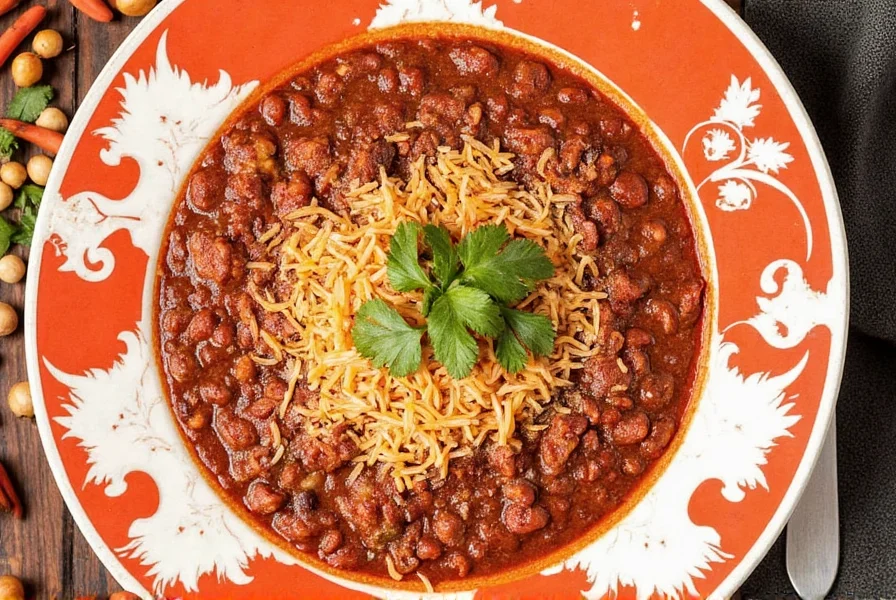
Frequently Asked Questions (FAQs)
Is salt considered a spice?
No, salt is not a spice. Spices are derived from plant parts (seeds, bark, roots, etc.), while salt is a mineral—specifically sodium chloride. However, it functions as a critical flavor enhancer in cooking.
Why isn't salt classified as a spice?
The classification depends on origin: spices come from botanical sources, whereas salt is mined from the earth or evaporated from seawater. This mineral origin places it outside the botanical definition of spices.
Can salt replace spices in recipes?
No. Salt enhances existing flavors but doesn't provide the distinct aromatic profiles that spices do. They serve complementary roles—salt amplifies, while spices add unique taste dimensions.
Do different salts act like spices?
Specialty salts (e.g., smoked salt or Himalayan pink salt) offer subtle flavor variations due to trace minerals or processing methods, but they still primarily function as flavor enhancers rather than spice substitutes.
Should I use salt with spice blends?
Yes. Salt helps unlock the full flavor potential of spice blends. For best results, layer salt early in cooking and add spices according to their heat tolerance (e.g., add delicate spices like paprika late in the process).
Is iodized salt less effective than other salts?
Iodized salt performs identically to non-iodized in flavor enhancement. The iodine additive prevents deficiency diseases but doesn't alter salt's core functionality. Chefs often prefer non-iodized for purer taste in finishing dishes.
Conclusion
In the world of flavor, salt and spices play essential roles. While salt may not be a spice in the traditional sense, it’s a fundamental component that enhances the taste of any dish. Understanding the difference between salt and spices allows you to use them more effectively and creatively in your cooking.
Next time you reach for a pinch of salt, remember that you're not just adding flavor—you're contributing to the magic of the meal. Whether you're a professional chef or a home cook, embracing both salt and spices will elevate your culinary experience.
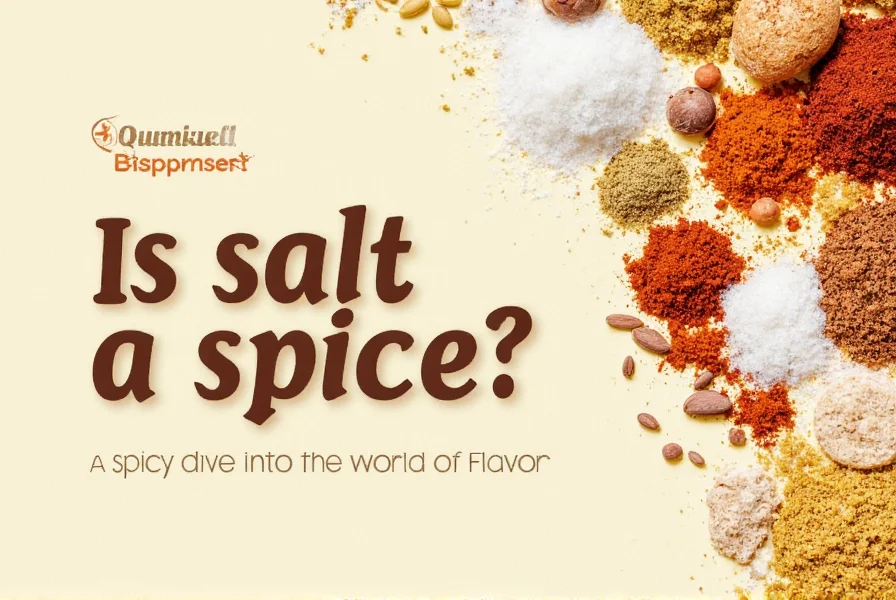
Now that you know the truth behind the question, “Is salt a spice?” you can confidently navigate your kitchen with a deeper appreciation for the ingredients that make every meal special.

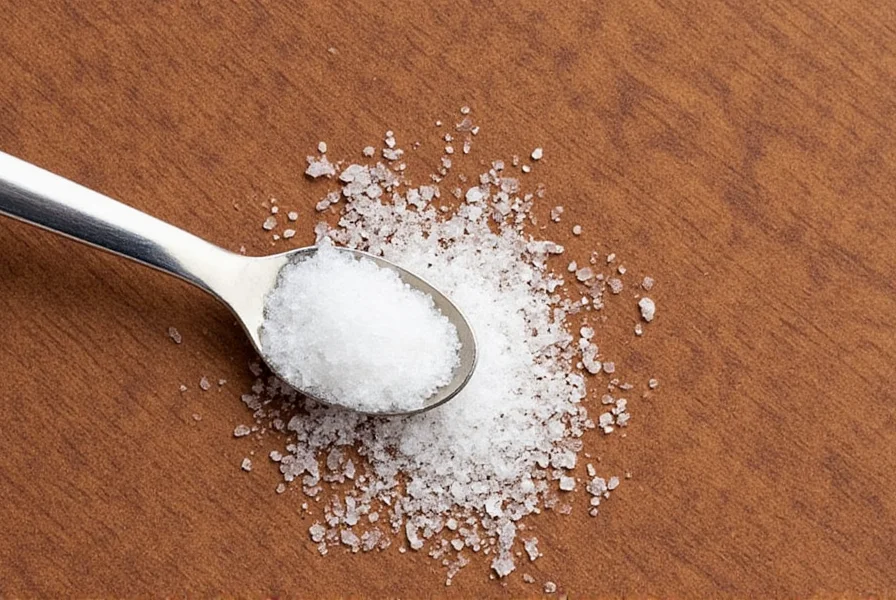









 浙公网安备
33010002000092号
浙公网安备
33010002000092号 浙B2-20120091-4
浙B2-20120091-4